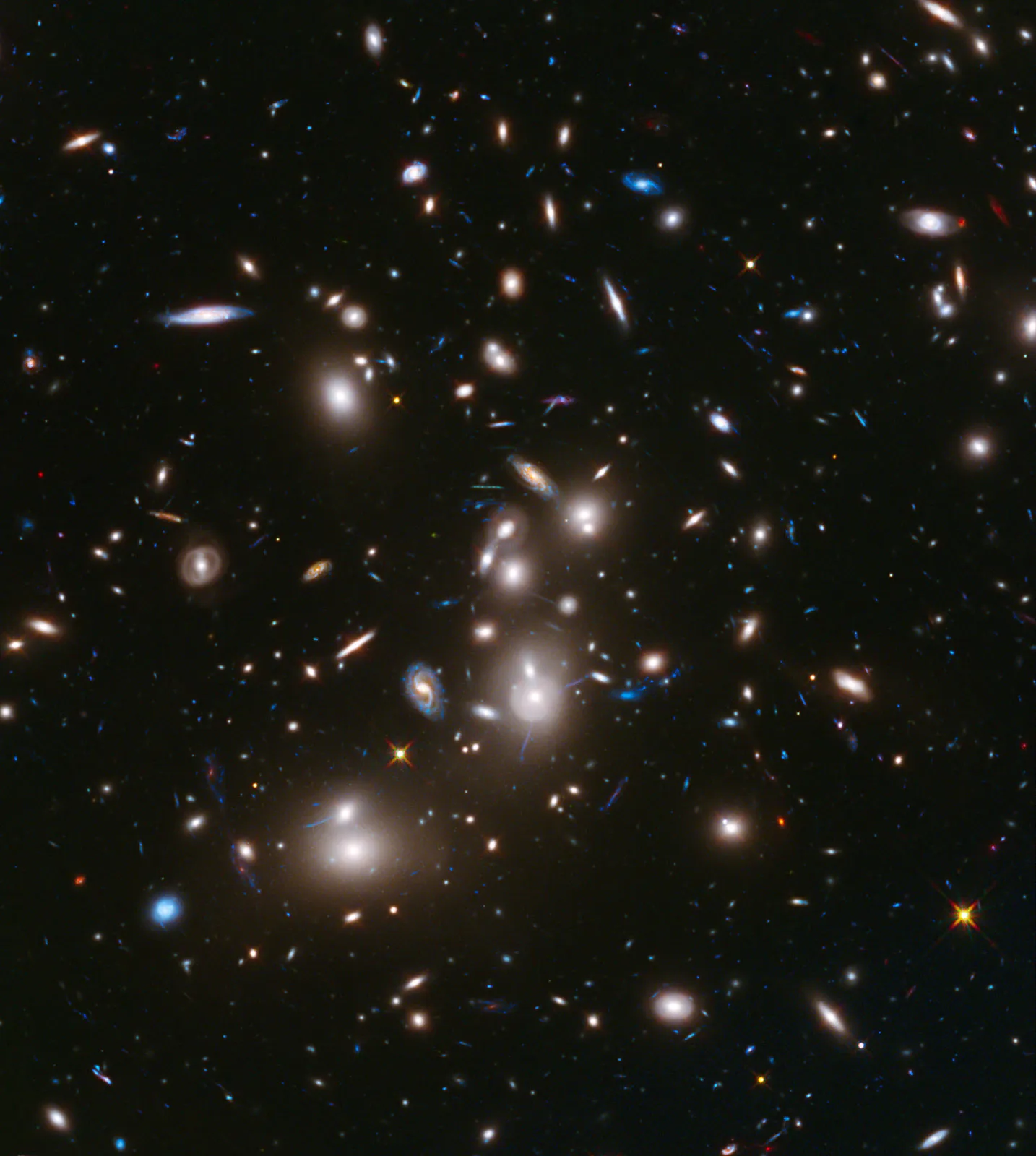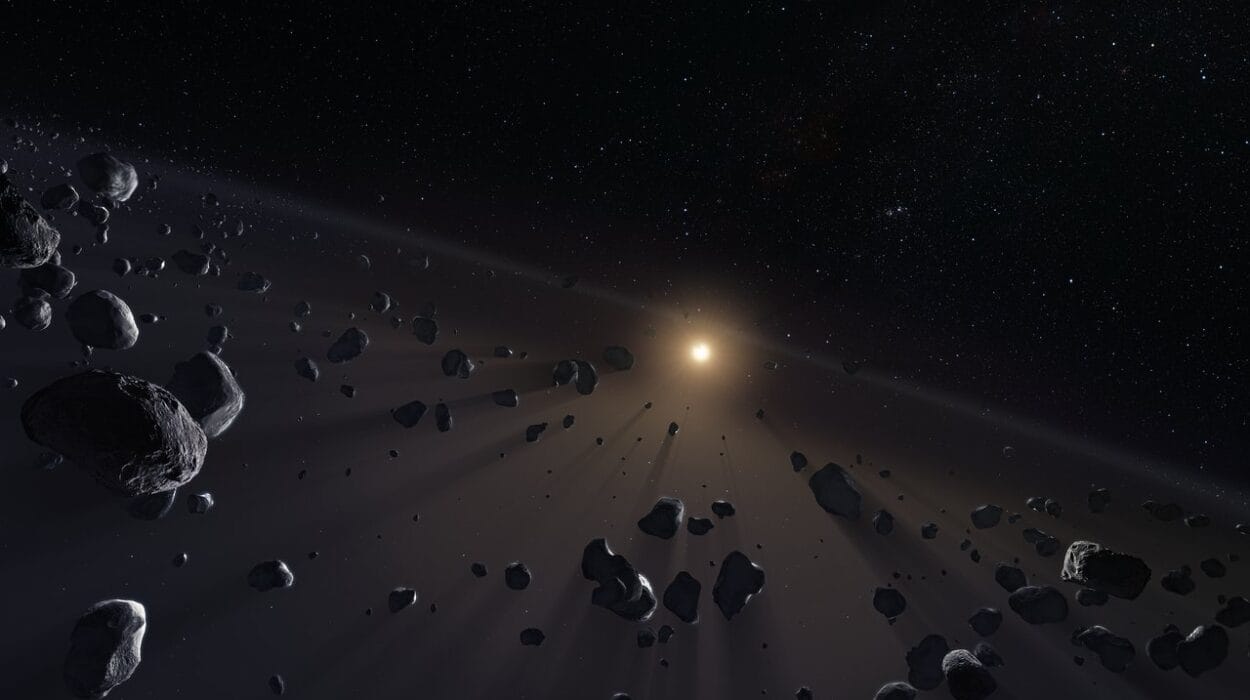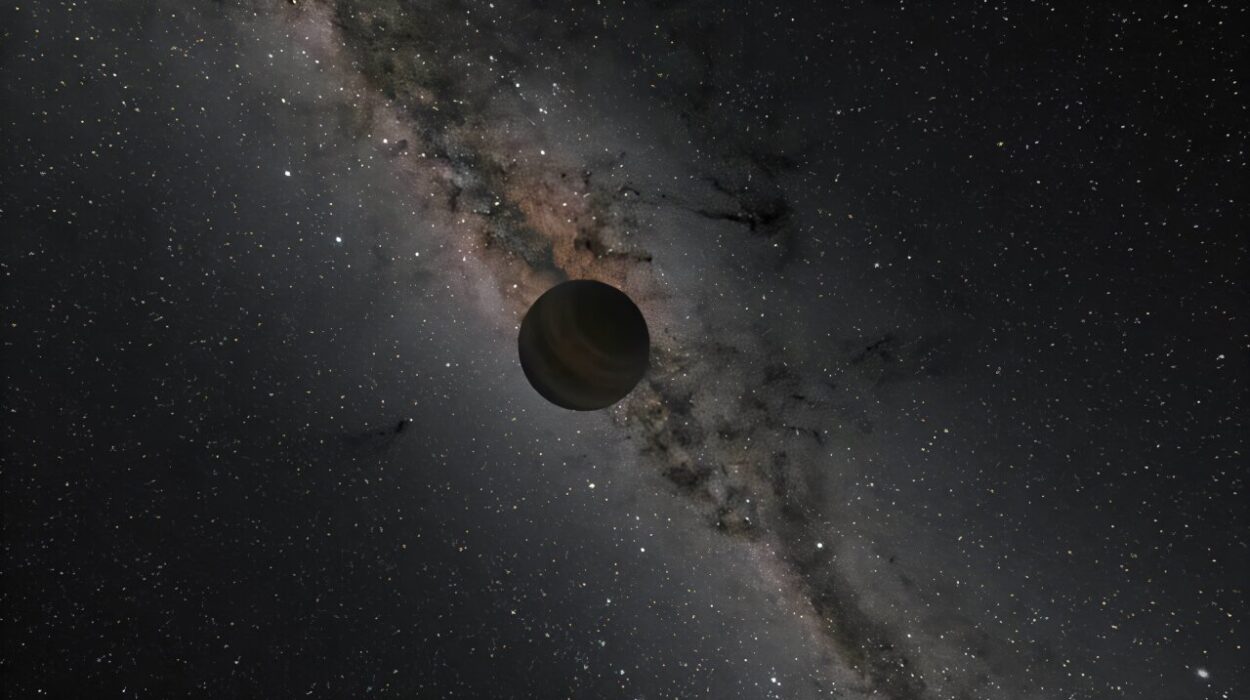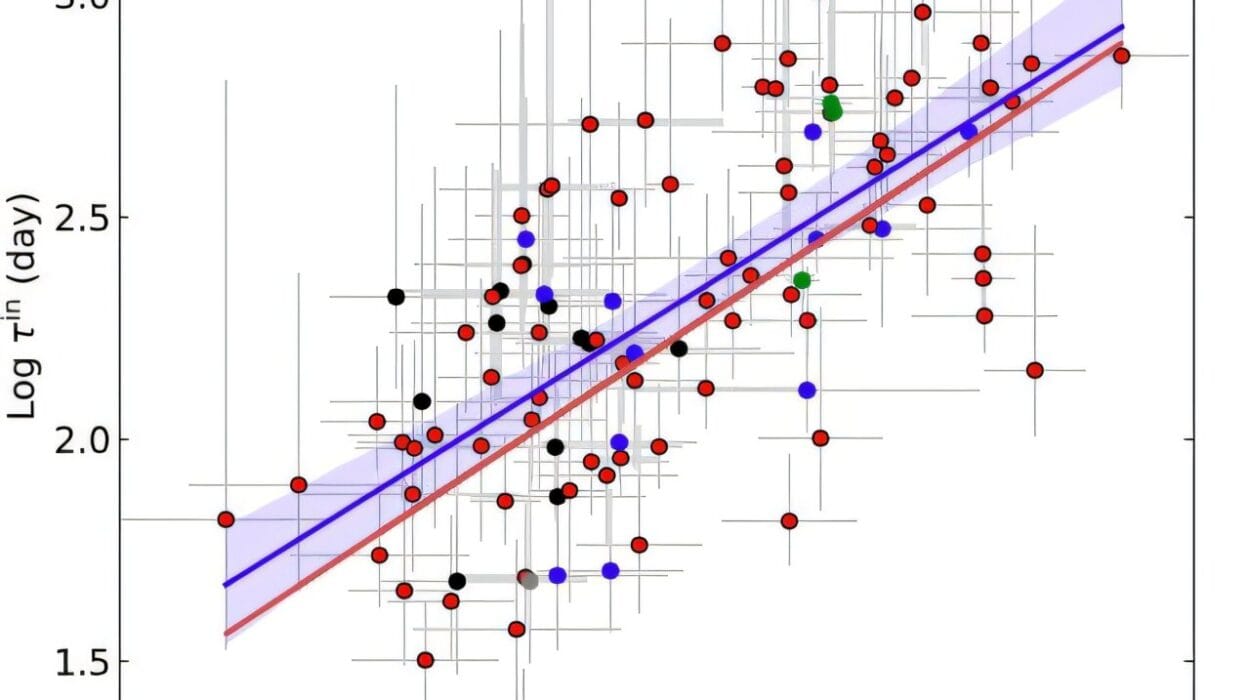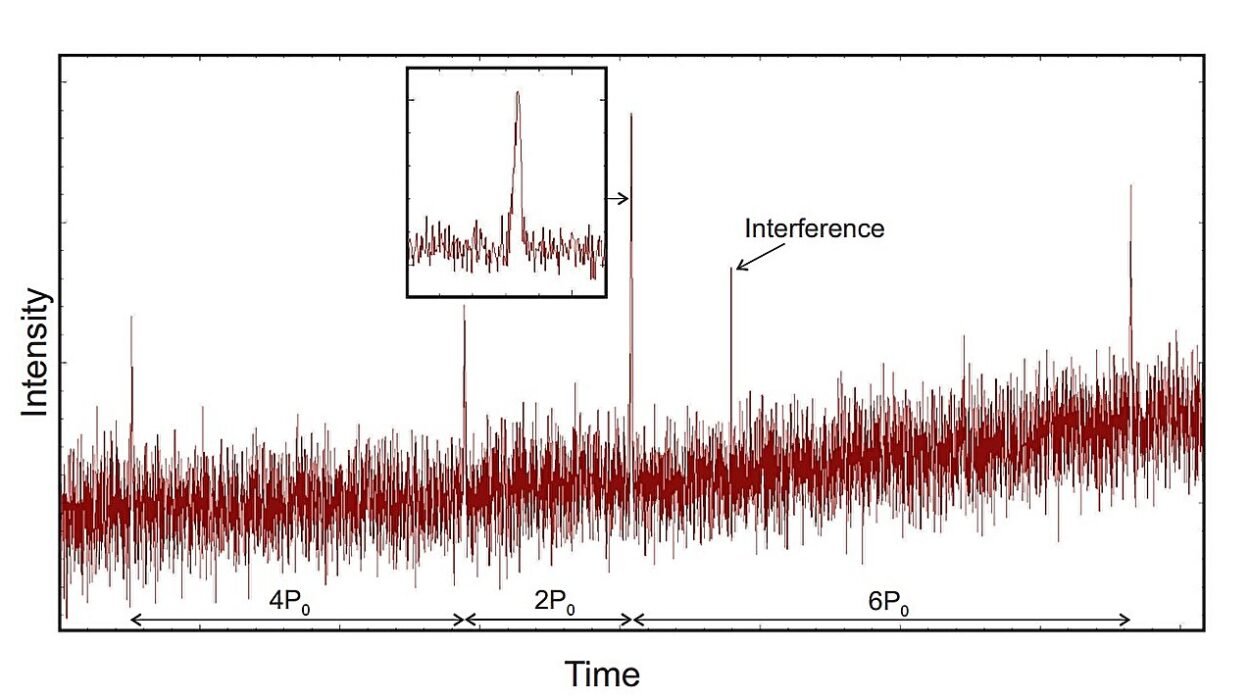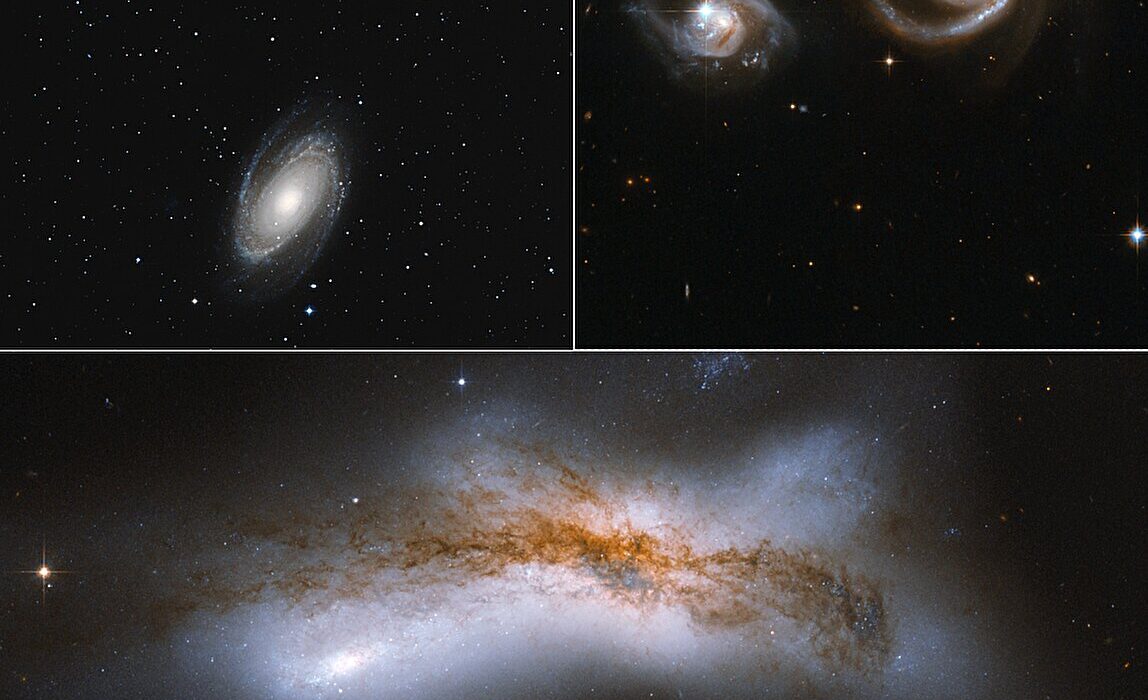For most of human history, the universe was thought to be static and unchanging. The stars wheeled overhead, but the heavens themselves were fixed, eternal. The idea that the universe itself could be in motion—expanding, stretching, growing—was as foreign as the idea of flying cars in the 10th century. But in the past century, our understanding has undergone a cosmic transformation.
The universe is not still. It is not even merely moving. It is racing, stretching, ballooning outward in every direction. The space between galaxies is expanding like dough rising in an oven. And the speed of this expansion—measured in kilometers per second per megaparsec—is one of the most fundamental questions in modern cosmology.
So, how fast is the universe expanding? To answer that, we have to tell a story—a story that begins with Edwin Hubble, stretches through the depths of time, passes through the fiery birth of space and time, and arrives at the edge of knowledge itself.
The Discovery of Expansion: A Universe in Motion
The tale begins in the early 20th century with a revolution in physics. Albert Einstein’s general theory of relativity, published in 1915, provided a new understanding of gravity—not as a force, but as the curvature of spacetime caused by mass and energy. Einstein applied his equations to the universe as a whole, but what he found surprised him. The equations predicted that the universe could not remain static—it must either be expanding or contracting.
Disturbed by this implication, Einstein introduced a fudge factor—a “cosmological constant”—to keep the universe in a steady state. But in 1929, the American astronomer Edwin Hubble made a discovery that changed everything. By measuring the light from distant galaxies, Hubble showed that nearly all of them were moving away from us—and the farther away they were, the faster they were receding.
This relationship—distance correlating with speed—meant the universe was expanding. Not because galaxies themselves were moving through space, but because space itself was stretching, carrying the galaxies along like raisins in rising bread dough.
Einstein reportedly called his cosmological constant the “biggest blunder” of his life. The universe, it turned out, was not static after all. It was dynamic, expanding, changing. The question now became: how fast?
The Hubble Constant: A Cosmic Speed Limit
The rate at which the universe expands is quantified by the Hubble constant (H₀). It describes how fast a galaxy recedes for every unit of distance from the observer. The units are typically given in kilometers per second per megaparsec (km/s/Mpc). That means for every megaparsec—roughly 3.26 million light-years—a galaxy is moving away from us by H₀ kilometers per second.
If the Hubble constant is 70 km/s/Mpc, then a galaxy one megaparsec away is receding at 70 km/s. A galaxy 10 Mpc away is receding at 700 km/s. But what is the precise value of H₀? That’s where things get complicated—and fascinating.
For decades, astronomers have been trying to pin down this elusive number. Early estimates varied wildly, ranging from 50 to 100 km/s/Mpc. Today, thanks to precision instruments and clever techniques, the uncertainty has narrowed. Yet a mystery has emerged: different methods give different answers.
Measuring the Expansion: Cosmic Yardsticks
To measure the expansion rate, astronomers need two things: distances to galaxies, and the speed at which those galaxies are receding. Measuring redshift—the stretching of light due to expansion—is relatively straightforward. But measuring cosmic distances is far harder.
Enter the cosmic distance ladder—a series of interlocking techniques that build on one another to measure greater and greater distances.
The first rung of the ladder involves parallax—measuring the apparent shift of nearby stars against the background as Earth orbits the sun. This allows accurate measurements of stars within a few hundred light-years.
The next step involves standard candles—objects whose intrinsic brightness is known. Cepheid variable stars, for instance, pulsate in a way that directly relates to their luminosity. By comparing their true brightness to their observed brightness, astronomers can calculate distance.
Then come Type Ia supernovae—exploding white dwarf stars that shine with nearly uniform brilliance. These serve as bright standard candles visible across millions or billions of light-years.
By measuring the distances to galaxies hosting these supernovae and combining that with redshift data, astronomers can estimate H₀. This method, pioneered by the Hubble Space Telescope and teams like those led by Wendy Freedman and Adam Riess, gives a value around 73 km/s/Mpc.
But there’s another approach—one that peeks further back in time.
The Cosmic Microwave Background: A Glimpse of the Infant Universe
About 380,000 years after the Big Bang, the universe cooled enough for atoms to form, allowing photons to travel freely. These ancient photons still permeate the universe today as the cosmic microwave background (CMB)—a faint glow in all directions.
By studying tiny fluctuations in the temperature and density of the CMB, scientists can infer the properties of the early universe. The Planck satellite, operated by the European Space Agency, mapped the CMB with extraordinary precision.
By inputting this data into the standard model of cosmology—called ΛCDM, which includes dark energy (Λ) and cold dark matter (CDM)—scientists can predict the current expansion rate. This method gives a lower value for H₀: about 67.4 km/s/Mpc.
So we have two highly precise methods: one using the nearby universe (Cepheids and supernovae), and one using the early universe (CMB). And they disagree—significantly.
This discrepancy is known as the Hubble tension.
The Hubble Tension: Crisis or Clue?
The difference between 67.4 and 73 may seem small, but it’s a cosmic chasm. The margin of error on these measurements is tiny, and they do not overlap. This suggests more than just a mistake—it hints at new physics.
Could something fundamental be missing from our cosmological model? Some scientists propose new types of dark energy, exotic neutrinos, or modifications to gravity. Others suggest there may be undiscovered biases in our measurements.
The tension remains one of the biggest unsolved puzzles in cosmology. Resolving it could require a paradigm shift, akin to the one that followed Einstein’s equations or Hubble’s discovery. Or it could affirm our current understanding while sharpening our tools.
Either way, it underscores how something as simple-sounding as “how fast is the universe expanding?” touches on the deepest mysteries of existence.
The Expanding Universe is Accelerating
If the universe is expanding, will it keep expanding forever? For a long time, scientists believed gravity would eventually slow the expansion, maybe even reverse it, leading to a “Big Crunch.”
But in 1998, two independent teams—led by Saul Perlmutter, Brian Schmidt, and Adam Riess—discovered something shocking. By observing distant Type Ia supernovae, they found that the universe’s expansion was not slowing down—it was speeding up.
This cosmic acceleration implies the presence of a mysterious repulsive force—dark energy—that acts in opposition to gravity. Dark energy now dominates the mass-energy content of the universe, making up about 68% of the total. Its exact nature is unknown. It could be a cosmological constant, as Einstein once proposed, or it could be a dynamic field that evolves over time.
The fact that the universe is expanding faster and faster means the Hubble constant is not truly constant—it changes over time. It describes the rate today, but in the past, expansion was slower, and in the future, it will be faster still.
So when we ask, “how fast is the universe expanding?” we must be precise. Do we mean today? In the early universe? In the far future?
Expansion vs. Movement: A Common Misunderstanding
It’s important to clarify what the expansion of the universe really means. Galaxies are not flying apart through space like debris from an explosion. Rather, space itself is stretching, increasing the distance between stationary galaxies.
A common analogy is dots on the surface of a balloon. As the balloon inflates, the dots move apart—not because they’re moving, but because the surface between them is growing.
This has strange consequences. For one, galaxies can appear to recede faster than the speed of light—not because they’re breaking any laws, but because the fabric of space is expanding. This doesn’t violate Einstein’s theory of relativity, because relativity forbids objects from moving through space faster than light—but space itself can stretch without such limits.
This leads to the concept of the cosmic horizon—a limit beyond which galaxies are receding too quickly for their light to ever reach us. As time passes, more galaxies will cross this horizon, fading from view forever.
In the distant future, our observable universe will shrink, not in size, but in content. The night sky will grow emptier, lonelier—a poignant reminder of our place in cosmic history.
Measuring Expansion with Gravitational Waves
In recent years, a new method for measuring the expansion rate has emerged—using gravitational waves. These ripples in spacetime, predicted by Einstein and first detected in 2015, are produced by massive events like neutron star collisions.
When such an event occurs, it emits both gravitational waves and light. By analyzing the gravitational wave signal, scientists can estimate the distance to the event. By comparing it to the redshift of the light, they can estimate the expansion rate.
These “standard sirens” provide an independent way to measure H₀. Though the technique is still in its infancy, it holds great promise for resolving the Hubble tension and refining our understanding of the cosmos.
The Fate of the Universe: The Ultimate Expansion
So how will it all end? The answer depends on the nature of dark energy and the long-term behavior of expansion.
If dark energy is a cosmological constant, expansion will continue forever, gradually accelerating. Over billions of years, galaxies will drift apart, stars will burn out, and black holes will evaporate in a cold, dark future—the so-called “Big Freeze.”
If dark energy strengthens over time, we could face a “Big Rip,” in which the expansion becomes so violent that galaxies, stars, planets, and even atoms are torn apart.
Alternatively, if dark energy weakens or reverses, gravity could regain the upper hand, halting expansion and causing a “Big Crunch.” Some theories suggest this could lead to a new Big Bang—a cyclic universe of endless births and deaths.
At present, data favors a Big Freeze, but the truth remains uncertain. And that uncertainty is the very essence of science: the acknowledgment that mystery is not a barrier, but an invitation.
Conclusion: A Universe in Motion, a Mystery in Progress
As we gaze into the night sky, we see light that has traveled across billions of years, whispering the story of a universe in motion. The expansion of the cosmos is not a metaphor—it is a measurable, quantifiable, and deeply mysterious reality.
We have measured it with supernovae and Cepheids, with microwave background radiation and gravitational waves. We have debated it, refined it, and found tension where we expected clarity. We have used it to infer the existence of dark energy, to map the shape of the cosmos, to explore the fate of everything.
And yet, for all our advances, the question remains as alive and urgent as ever: how fast is the universe expanding?
The answer depends on where you look, how you measure, and what assumptions you make. It may be 67 or 73 or somewhere in between. It may change as new data emerges or as new physics reveals itself.
But one thing is certain: the universe is not standing still. It is not waiting. It is rushing outward, carrying galaxies, stars, and the very fabric of space with it. And in that motion, we find not just a fact, but a story—a story of discovery, wonder, and the relentless expansion of human understanding.
